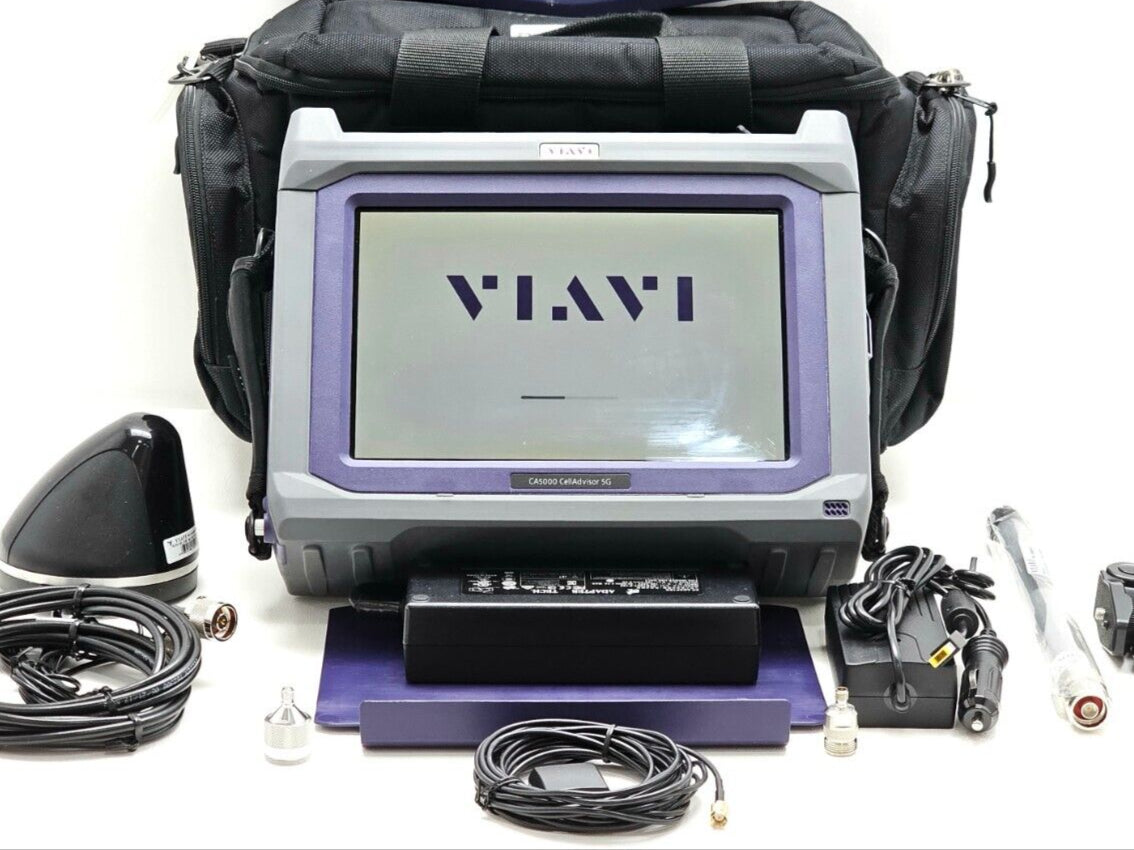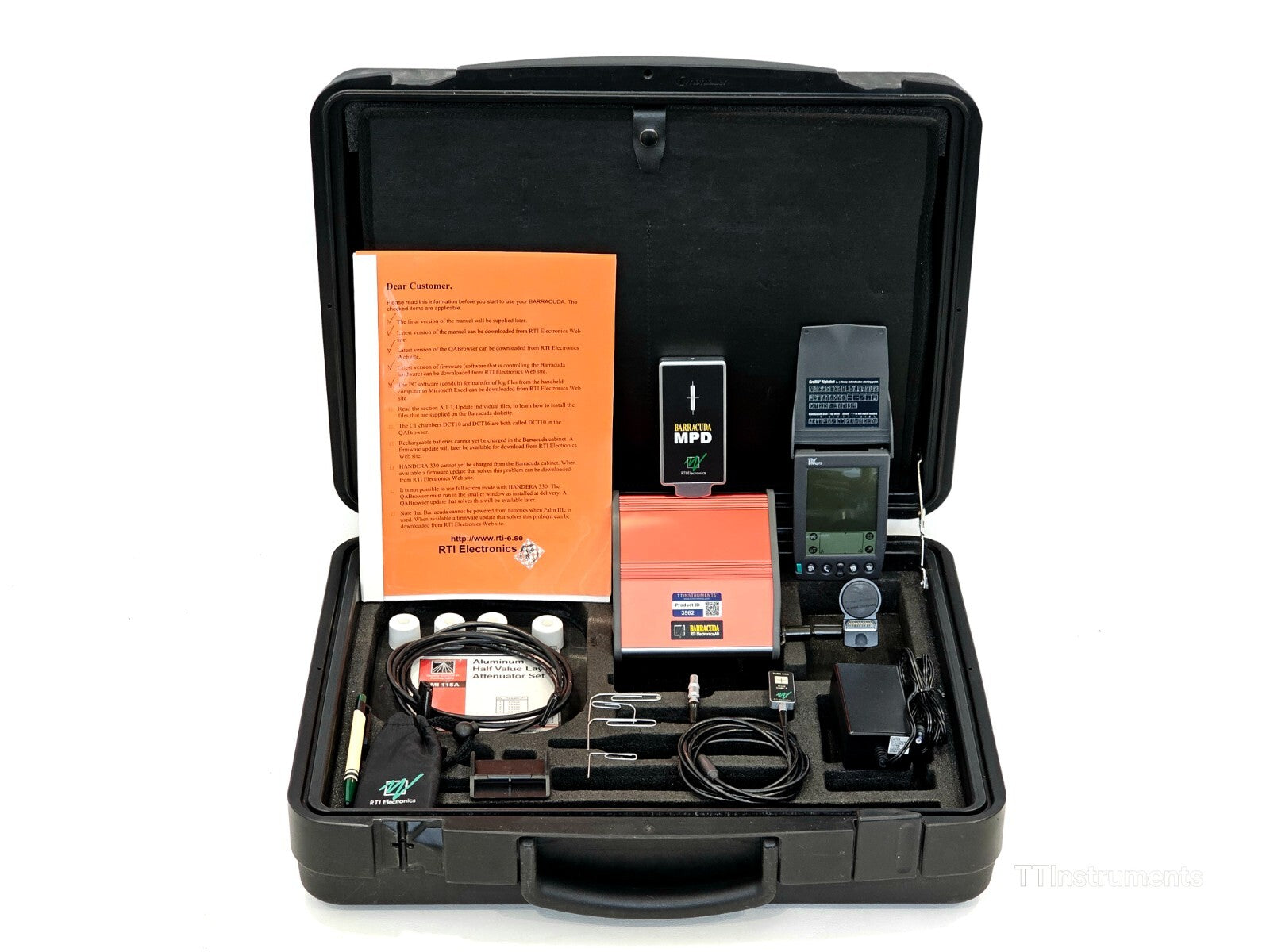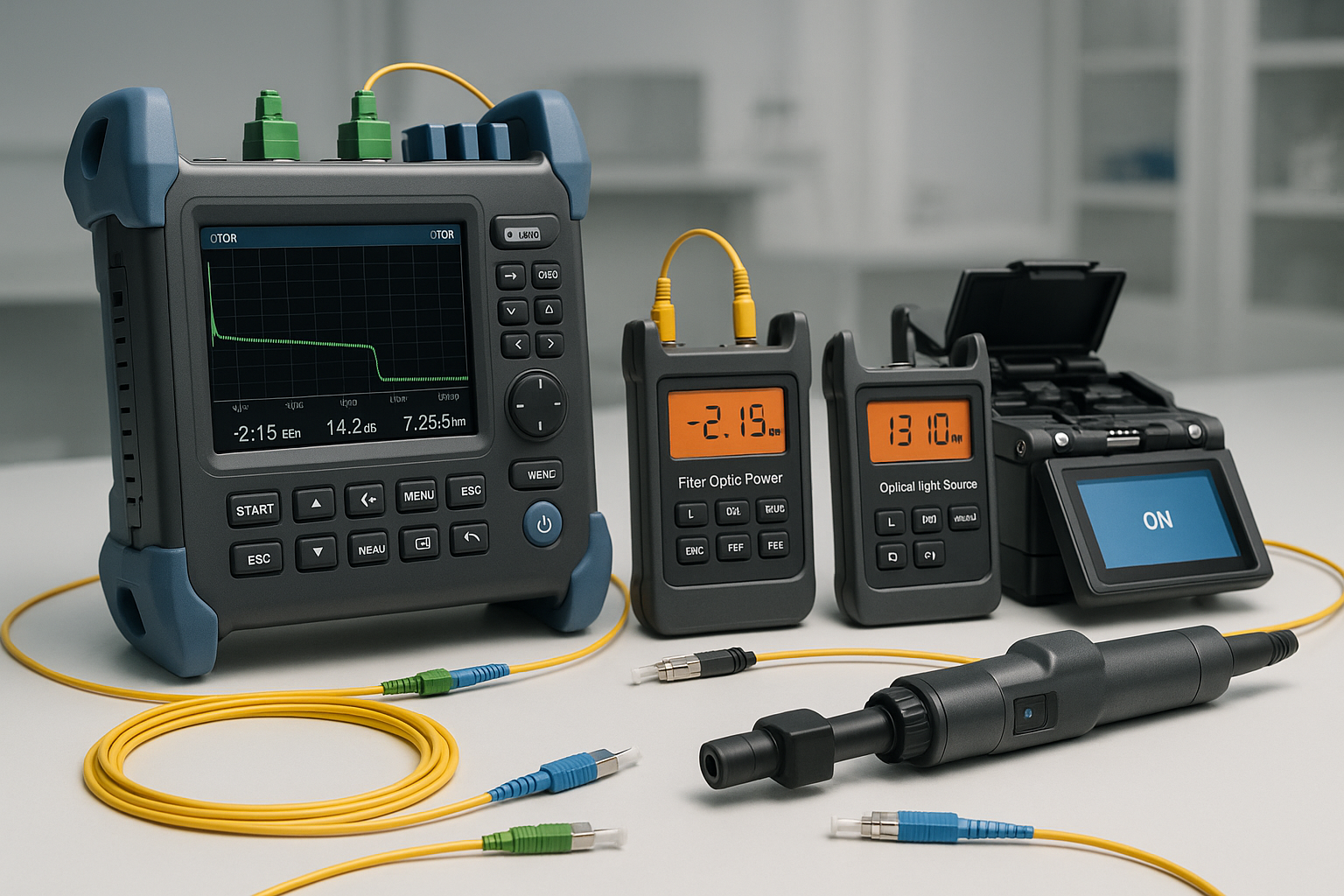
Common GPS Testing Challenges and How to Overcome Them
Common GPS Testing Challenges and How to Overcome Them
GPS technology plays a vital role in modern systems—from automotive navigation and fleet tracking to military-grade positioning and IoT asset monitoring. But testing GPS-enabled devices in real-world conditions presents a range of challenges that engineers and technicians must navigate.
Whether you're developing GNSS receivers, validating antenna performance, or stress-testing positioning algorithms, understanding common GPS testing issues is key to ensuring accuracy and reliability in the field. In this article, we explore the major obstacles in GPS testing—and how the right satellite and GPS test equipment can help you overcome them.
Signal Simulation and Repeatability
One of the biggest limitations in GPS testing is environmental unpredictability. Live-sky testing is subject to weather, signal obstruction, and changing satellite geometry. This makes repeatability difficult in a lab setting.
Solution:
GNSS signal simulators offer a controlled way to reproduce satellite constellations, vehicle motion, and signal conditions indoors. These simulators allow engineers to test under consistent scenarios—urban canyons, multipath interference, or signal loss—without relying on actual satellite visibility.
Jamming and Interference
GPS signals are weak by the time they reach Earth’s surface and can easily be disrupted by RF interference, jamming, or spoofing—intentional or accidental. These disruptions are especially concerning in high-security or high-precision environments such as aerospace, defense, and autonomous systems.
Solution:
Using satellite & GPS test equipment capable of detecting jamming and simulating interference scenarios allows developers to test how devices behave in degraded conditions. Engineers can evaluate the receiver's ability to acquire and maintain signal lock, switch between GNSS bands, or enter fallback modes when interference is detected.
Multi-Constellation and Multi-Frequency Support
Modern positioning systems rely on more than just GPS. Devices now leverage constellations like GLONASS, Galileo, and BeiDou for faster acquisition, better accuracy, and redundancy. Testing for compatibility across constellations and frequencies (e.g., L1, L2, L5) is critical but adds complexity.
Solution:
Advanced test setups must include multi-constellation simulators and analyzers capable of emulating diverse GNSS signals. Accurate timing and frequency alignment across systems ensure that receivers function correctly under various satellite visibility scenarios.
Antenna Placement and Signal Path Testing
Even high-end GPS hardware can underperform if the antenna is poorly positioned or affected by internal RF noise. Antenna performance in real-world installations—particularly in vehicles or portable devices—must be verified.
Solution:
Use GNSS signal splitters, antenna test chambers, or live signal monitoring tools to evaluate signal strength and quality at different antenna locations. RF shielding and noise isolation should also be part of the setup.
Environmental Simulation
Testing in actual environmental conditions like temperature extremes, vibration, or moisture can expose physical limitations in GPS hardware and housings.
Solution:
Combine GPS simulation with environmental chambers to validate performance under expected operating conditions—especially for automotive, aerospace, and military applications.
GPS Test Equipment at TT Instruments
TT Instruments stocks a curated selection of Satellite & GPS test equipment—ideal for engineers working in design validation, R&D, and field diagnostics.
Explore solutions including:
-
Signal Generators and Simulators
-
Field Testers for Automotive and Mobile Systems
We carry both new and used equipment, offering cost-effective options with proven reliability and precision.
From Lab to Field: Be Ready for Anything
Testing GPS systems requires more than just open sky and a signal lock. By accounting for jamming, multi-constellation behavior, and repeatable simulation, you can ensure your product performs where it matters most.
Whether you're outfitting a test bench or verifying ruggedized systems for harsh environments, our team at TT Instruments can help you find the right tools to meet your needs.
FAQs:
1. What causes GPS signal interference during testing?
Signal interference can be caused by nearby electronic devices, jammers, or even reflective surfaces. Controlled test environments help identify and reduce these disruptions.
2. Why is GNSS simulation important?
Simulation allows for repeatable and controlled GPS signal testing indoors—critical for validating performance under specific scenarios like urban canyons or signal loss.
3. What’s the difference between GPS and GNSS?
GPS refers specifically to the U.S. satellite navigation system. GNSS includes all global systems like Galileo, GLONASS, and BeiDou for broader coverage and redundancy.
4. Can I test for GPS spoofing resistance?
Yes. Some advanced simulators and test systems can emulate spoofing scenarios to evaluate how your receiver responds to manipulated signals.
5. What tools help test GPS in vehicles or mobile systems?
Portable GNSS field testers, antenna analyzers, and real-time loggers are ideal for in-vehicle and field-based GPS testing.


